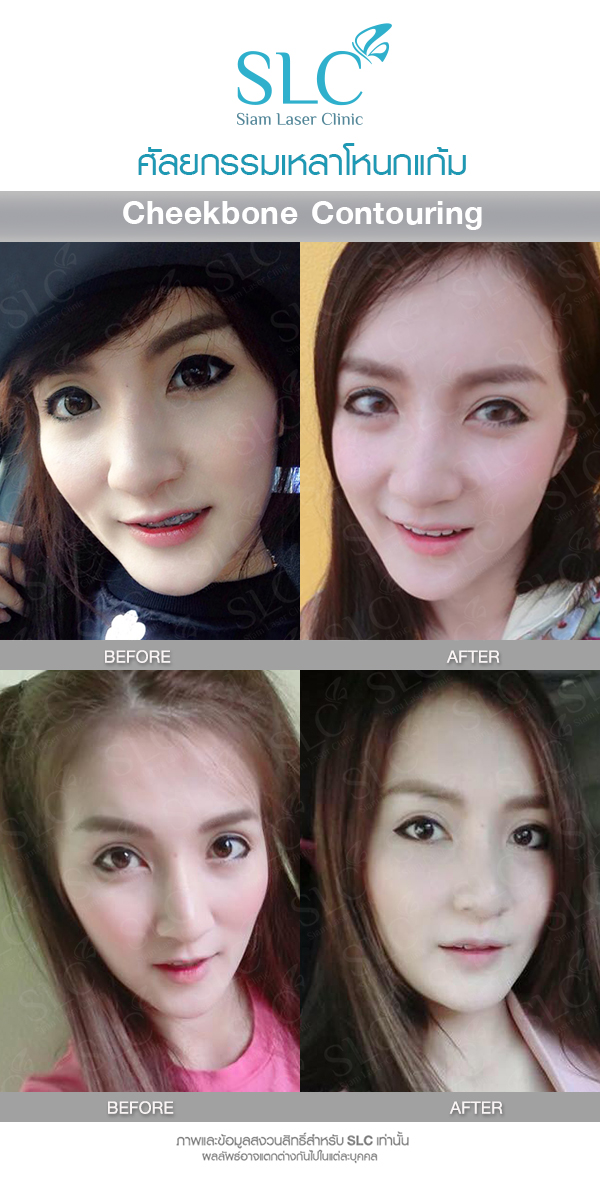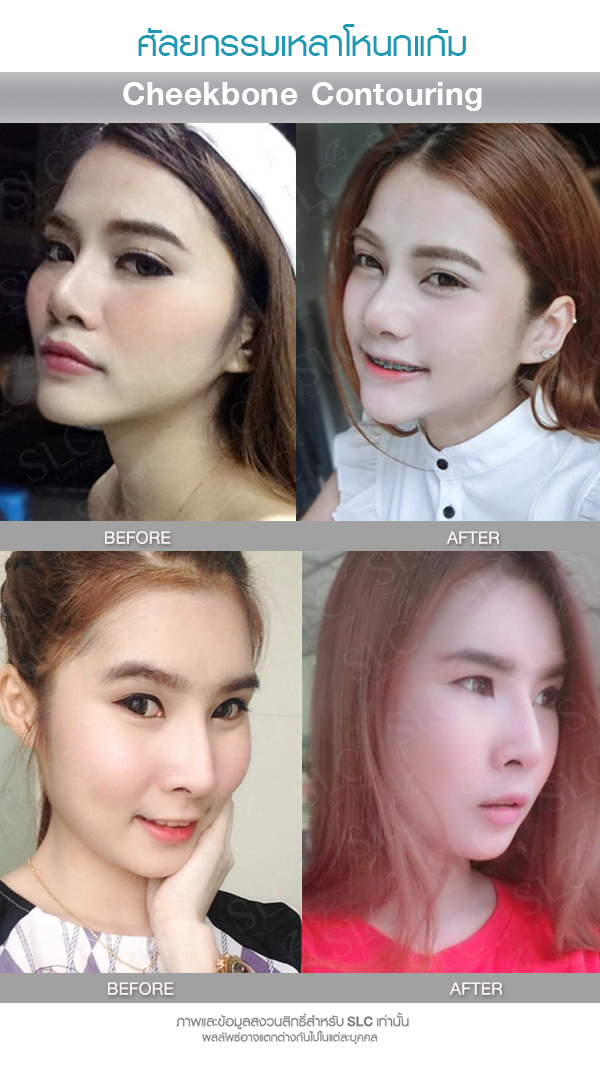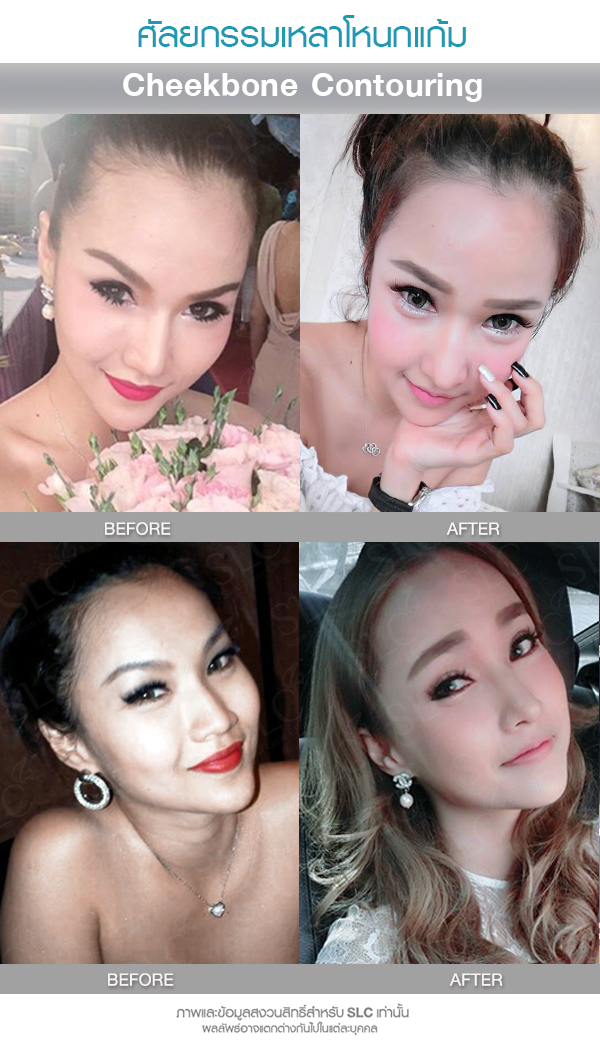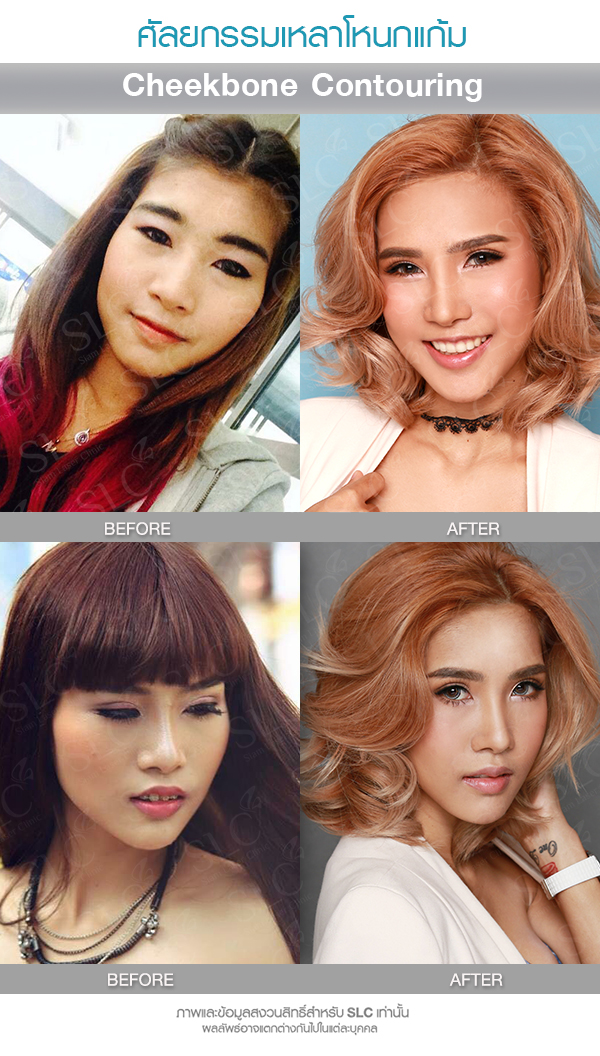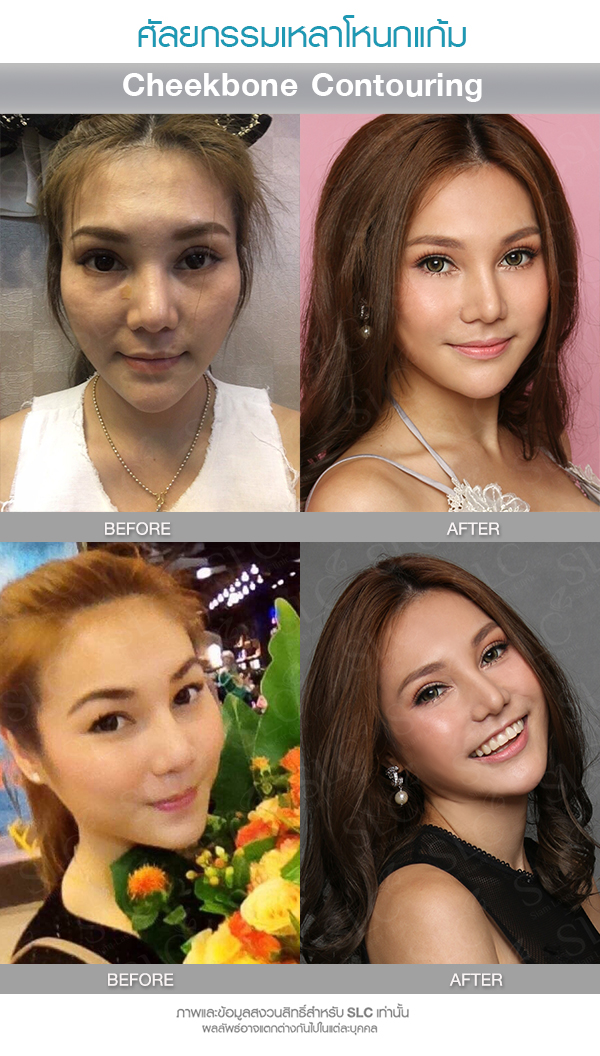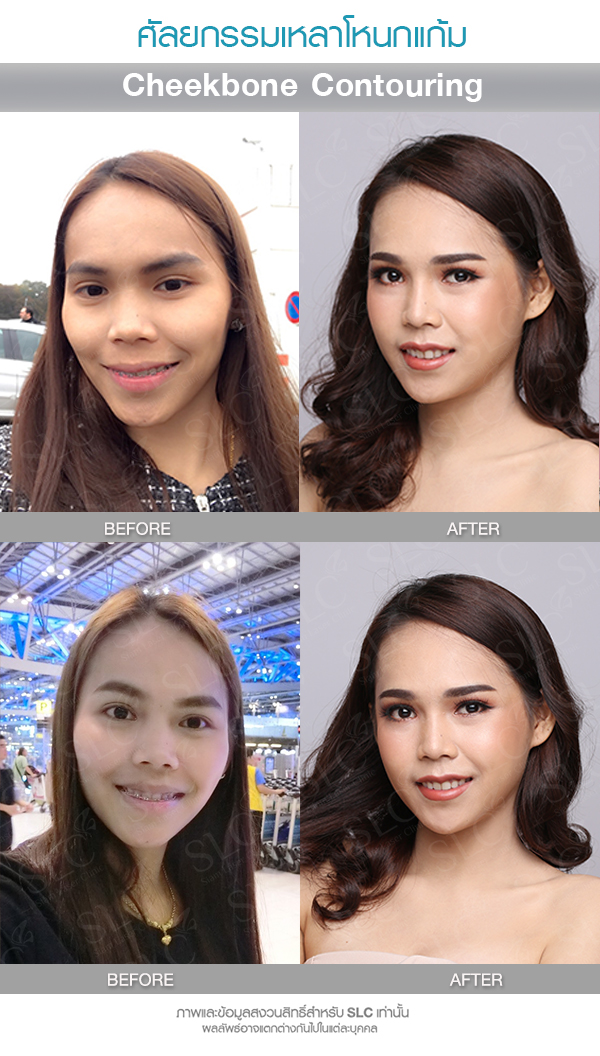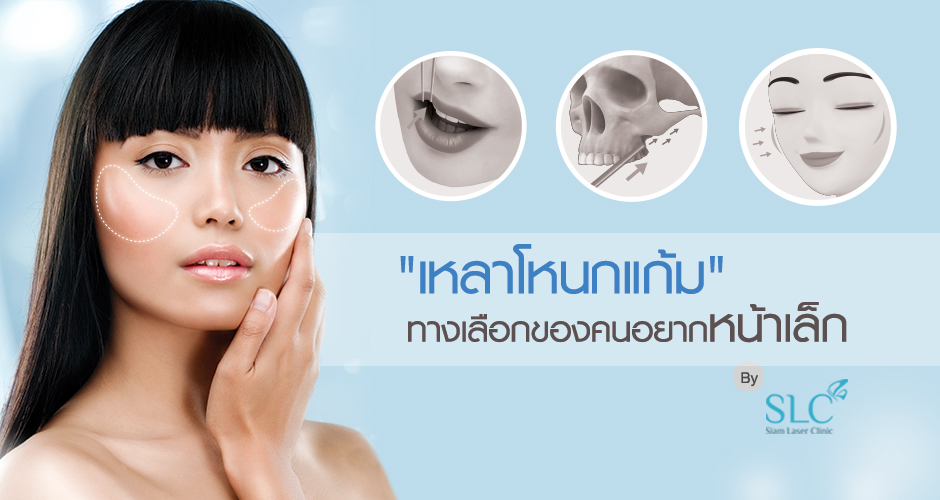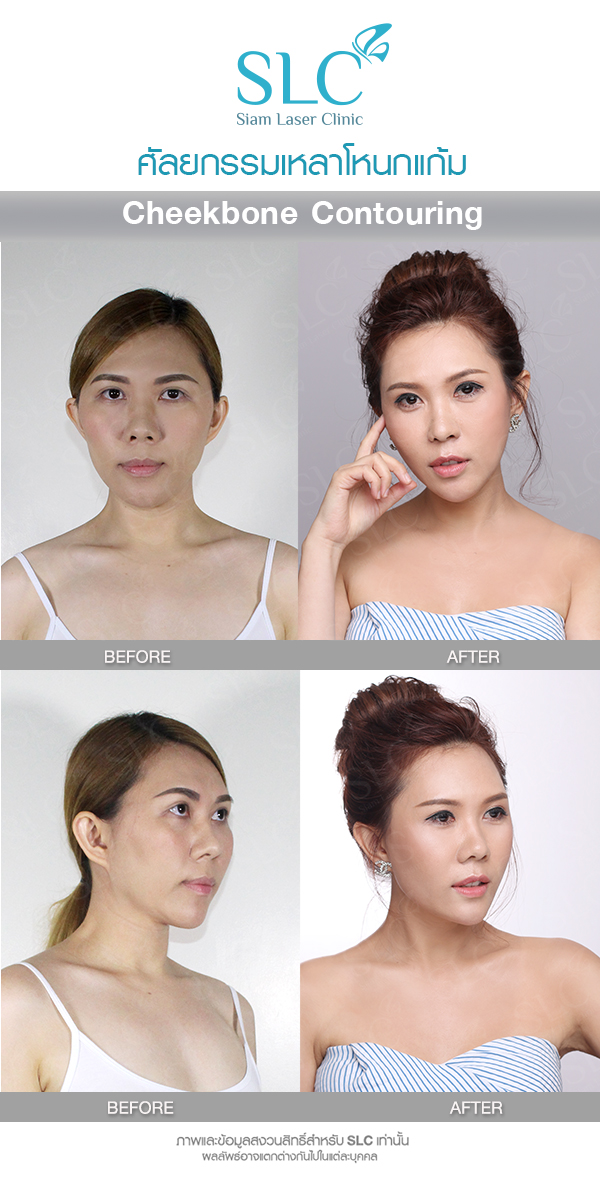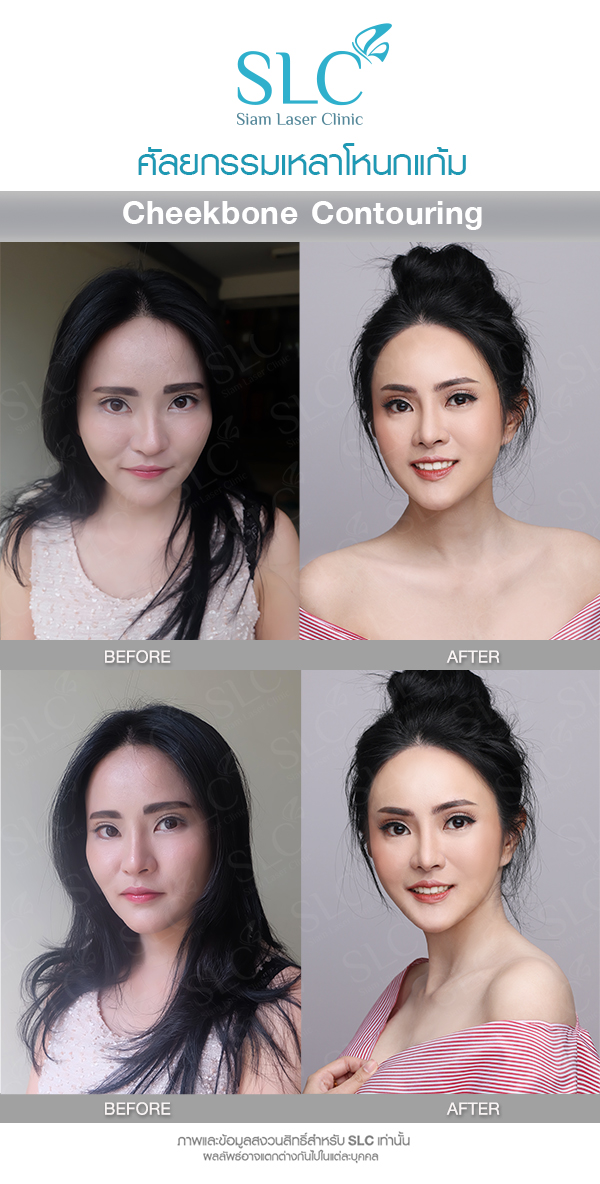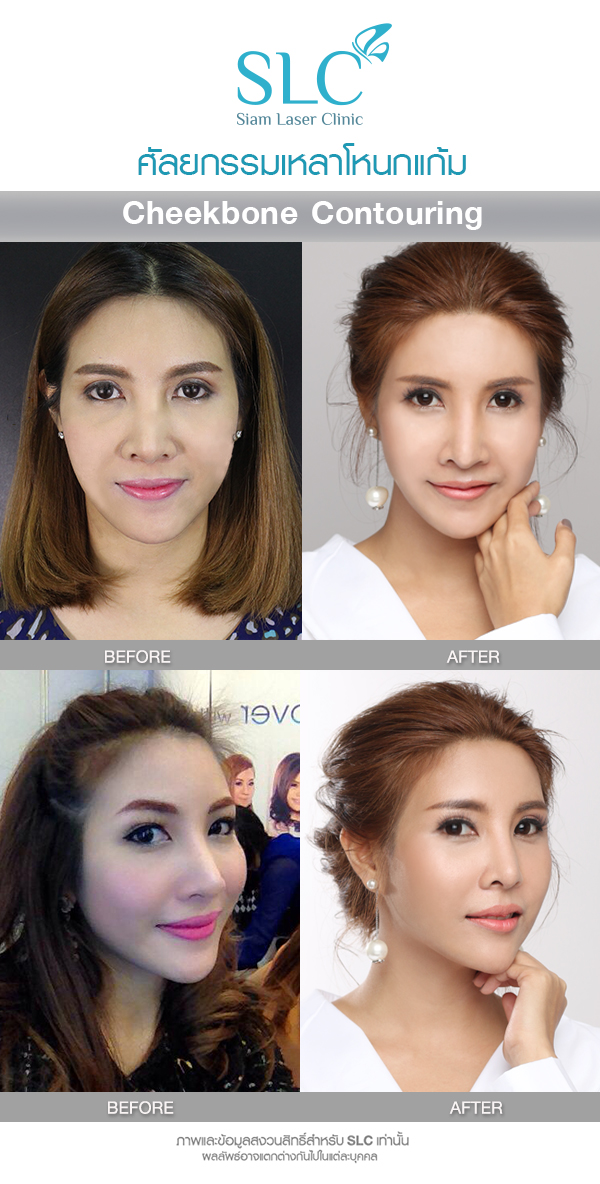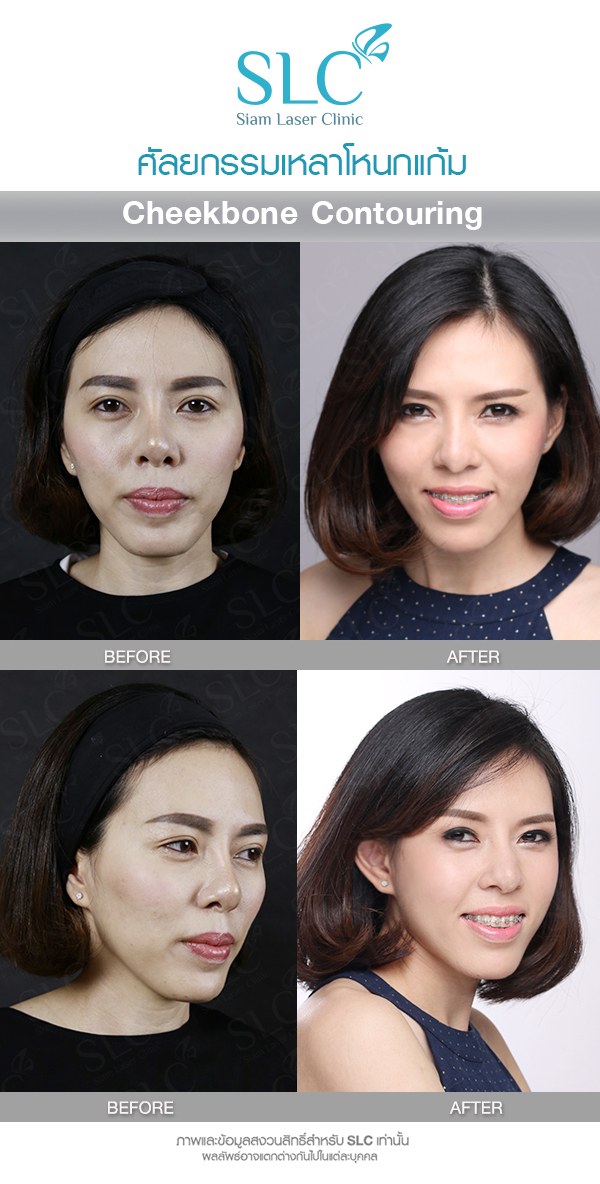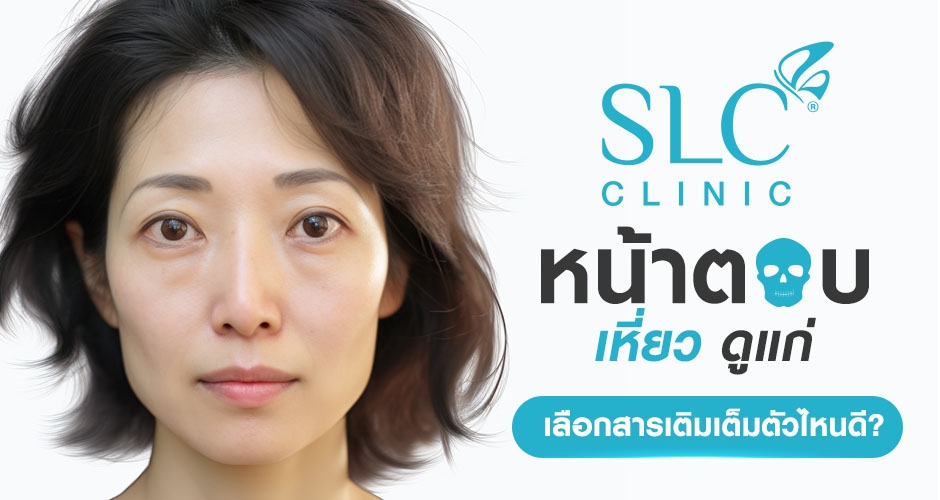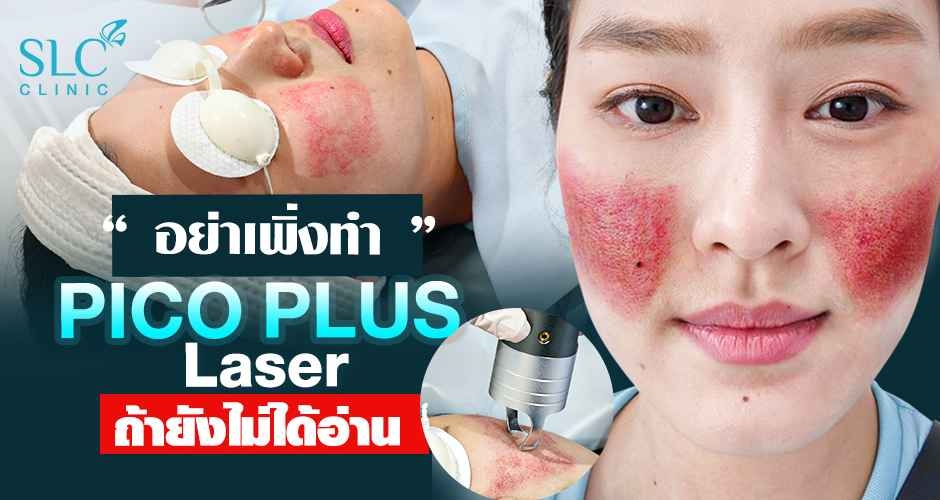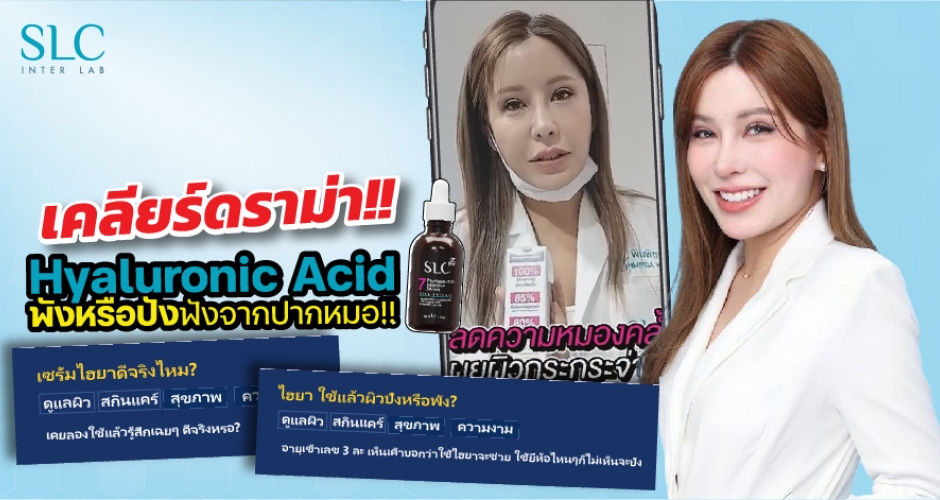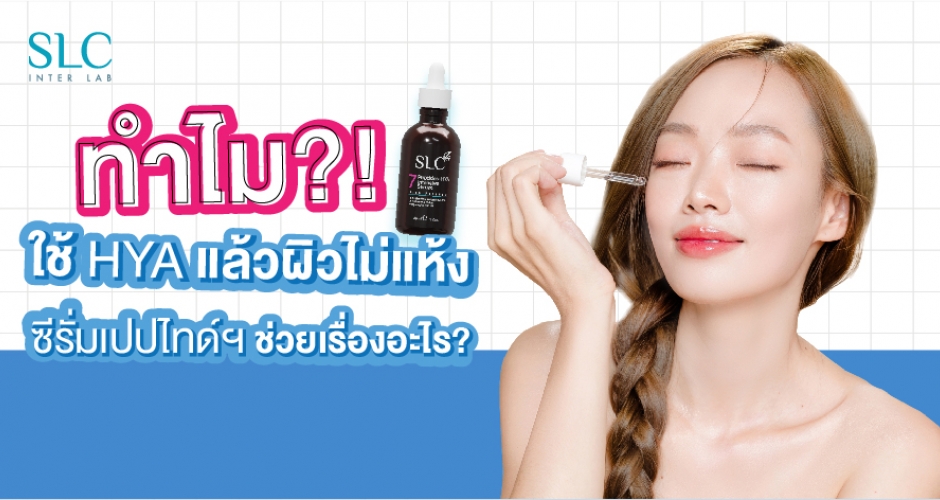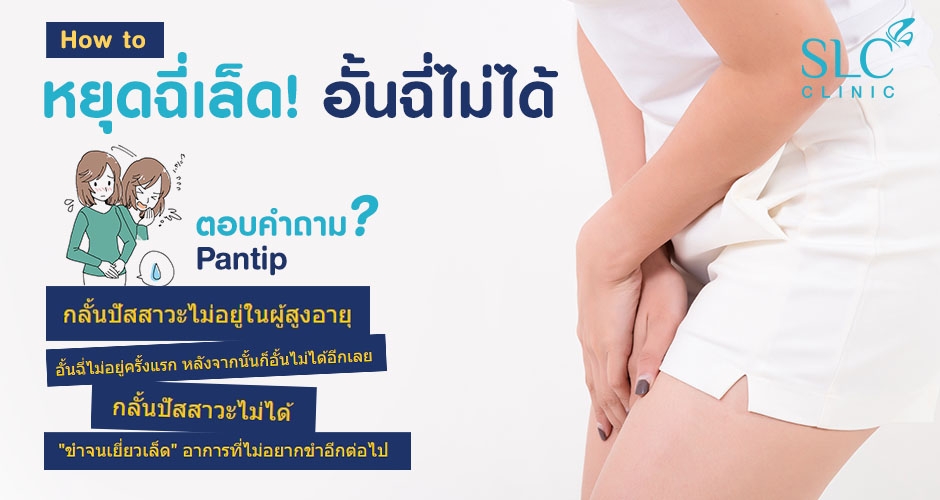“Cheekbone looks” specify personality
“Cheekbones” are the important feature located at the center of the face. They are another physical attribute that reveals people’s characteristics. Ideal looks for men is having high bony cheekbones with little fat in the cheek area, for women a little bit high cheekbones makes for a sweet facial appearance. For women with prominent cheekbones it gives them a less feminine appearance. The face looks harsh and not sweet, and several women with this look are unhappy about their appearance.

“Cheekbone contouring surgery” is a solution for people who would like to have a smaller face
Wider and higher cheekbones are common for Asian people, and this is associated with the genetics of individuals. There are several medical procedures that can contour or reduce prominent cheekbones to become harmonious with the facial composition, or to improve physical characteristics (physiognomy.) One procedure is “Cheekbone contouring surgery”, where a facial x-ray will be performed by a surgeon in order to analyze the facial structure and find out whether the prominent cheek are composed of muscles, bones or excess fat for giving suitable treatment to patients.
2 cheekbone parts for having Cheekbone reduction
1. The body of Zygoma has a different thickness, depending on the individual. It consists of the maxillary sinus (air cavities) without any special functions. Therefore it can be cut or ground off without affecting the nervous system, with minimal risk of complications. However, contouring has a limitation of no more than 1 cm or 0.5 cm, as the bone of The Body of Zygoma is not thick.
The Body of Zygoma (frontal and lateral views)

2. Zygoma arch. This is a lateral aspect of the cheekbone structure. It makes the width of the face seem wider than its actual size if the Zygoma arch area is protruding forward and it makes the frontal view of the face appear undulated, with a prominent cheekbone, and a wider mid and lower face, etc. These unpleasing appearances can be corrected with bone reduction surgery, and using medical materials to join bones together. Cheekbone contouring (grinding) can be combined with cheekbone reduction as appropriate to individuals’ facial structures.
Zygoma arch (frontal and lateral views)

Postoperative procedures of cheekbone reduction surgery

1. Notify the doctor about any drug allergy history, and any current supplement products taken.
2. Stop taking aspirins, vitamins, or any vitamins containing oil for 2 weeks.
3. Stop smoking for 2 weeks.
4. Take work off for at least 5 days for recovery.
5. No water or food for 8 hours before surgery.
2 techniques of Cheekbone reduction surgery
1. Cheekbone contouring (grinding) surgery
Suitable for: for people with slightly high cheekbones.
Surgical techniques: General anesthesia is carried out, then intraoral incisions of both sides are made and cheekbones (Body of Zygoma) are contoured with a limitation of 1.0 cm.
Duration: about 2-3 hours under general anesthesia.
Advantages: Surgical scars will be invisible since the intraoral incision was made, and sutures are completed with dissolvable stitches.
How to insert a surgical device to perform the surgery.
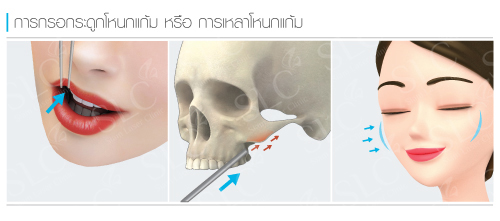
2. Cheekbone reduction surgery
Suitable for: People who have an excessively prominent cheekbone in comparison to their facial type, making the face seem wider and bigger than its actual size.
Surgical techniques: Cheekbone reduction surgery is quite complicated, therefore your surgeon has to perform a facial analysis carefully with a facial X –ray in order to calculate your cheekbone structure accurately to create a proper surgery plan for you. The surgeon will perform surgery after general anesthesia is carried out, by making incisions of about 2 cm in front of the ears (to hide the incisions in the hair line), then grind the body of Zygoma and cut the bone at the Zygoma arch area (lateral cheekbone) through the incisions and move the bones closer together and finally firmly fix the bones in place with medical grade special materials that has a long life durability. The incision scars will be noticeable after surgery, and will disappear within 2 months.
Duration: about 2-3 hours under general anesthesia.
Advantages: this method can significantly reduce extremely prominent cheekbones, and can dramatically change the facial structure in the cheekbone area.
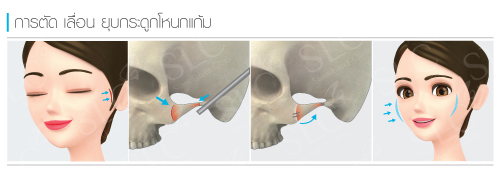
Post-operative care
-
Hospitalization is required for at least one night under surgeon supervision.
-
A facial garment is recommended in order to support and protect surgical incisions. Do not sleep on surgical sites.
-
Clean the surgical wound regularly. Removal of stitches is performed by your surgeon within 5-7 days after surgery.
-
Take time off work and rest for at least 5-7 days for recovery.
-
Take the medication prescribed by your surgeon in order to minimize swelling, bruising, and numbness as these conditions will disappear within 1-2 weeks. There are several tips to reduce swelling and bruising from cosmetic surgery quickly, we recommend one tip: “Pumpkin soup”.

5 benefits of “Pumpkin soup” that can minimize swelling condition after surgery
1. It has a warming effect that can boost energy and reduce swelling.
2. Pumpkin provides collagen that can improve the function of collagen underneath the skin.
3. Pumpkin’s yellow color contains antioxidants called “beta carotene”, acting to reduce risk of cancer, prevent skin disease, and reduce muscle pain and discomfort.
4. Pumpkin’s Carbohydrates heals surgical wounds quickly.
5. Enhances immune system after surgery. -
You will experience facial swelling and bruising after surgery, but these conditions will improve gradually and become normal with improved facial appearance and radiant look within 3 months.
-
A cold compress for 1-2 days is recommended in order to reduce swelling and bruising on surgical sites.
-
Sleep with the head elevated on pillows for 2-3 days after the procedure in order to prevent any swelling that might occur after surgery.
-
Do not sleep on surgical sites for a month after surgery.
-
Do not have strenuous exercise for 2 weeks after surgery.
-
Do not smoke for 4 weeks.
Review – Cheeekbone Reduction Surgery
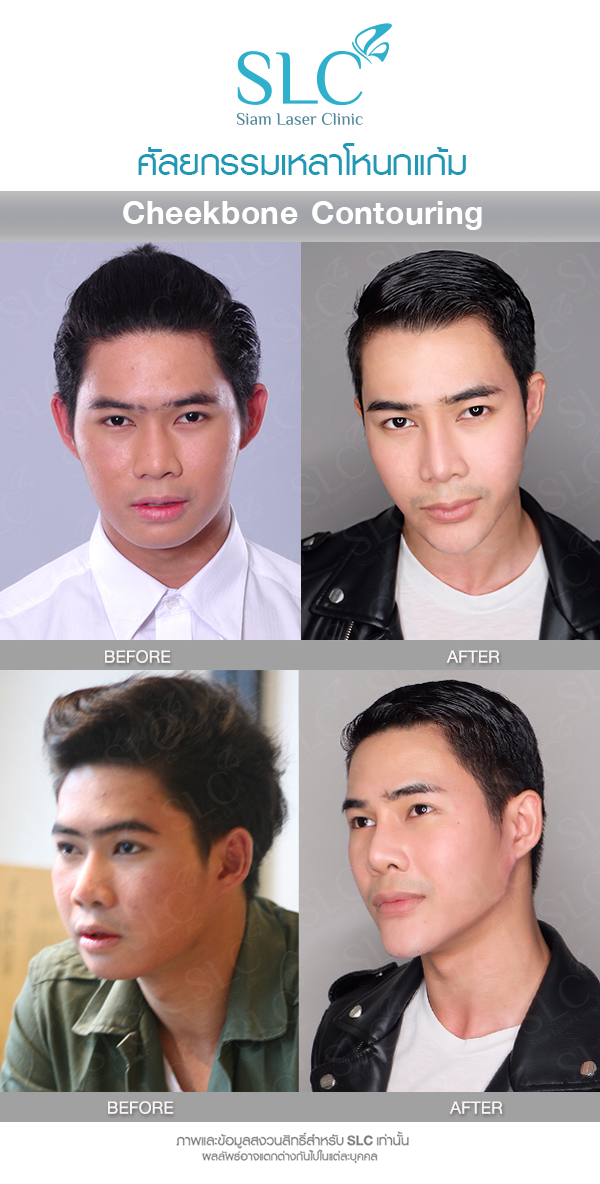
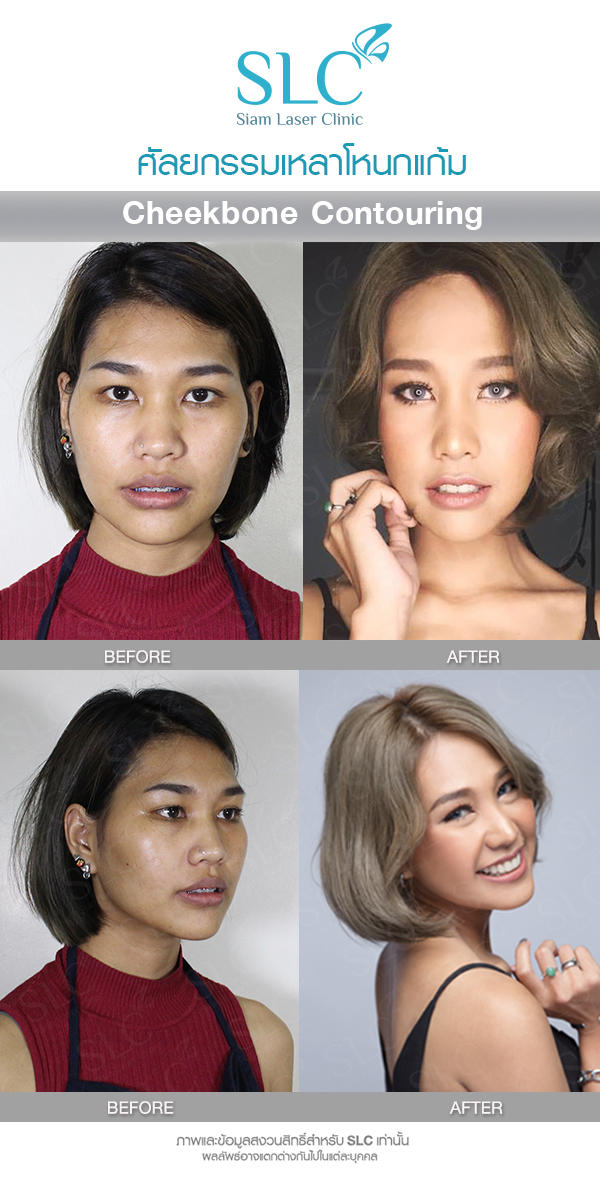
However, as plastic surgery is a big deal for your life, you should search for a specialized clinic with professional doctors who are available to answer all questions immediately after surgery, and you also have to have proper post-operative care for effective result. Remember!! You have to become as beautiful as your desire ... after one surgery.
